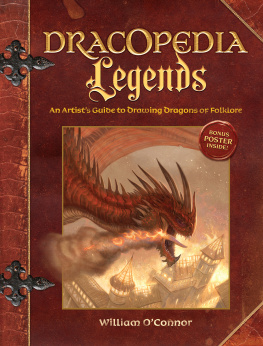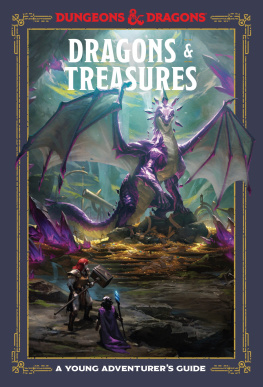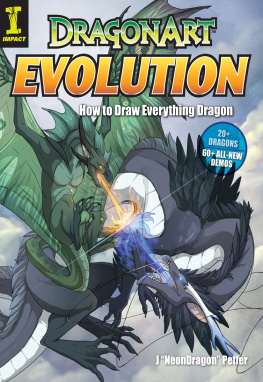Contents
Guide
DRACOPEDIA LEGENDS

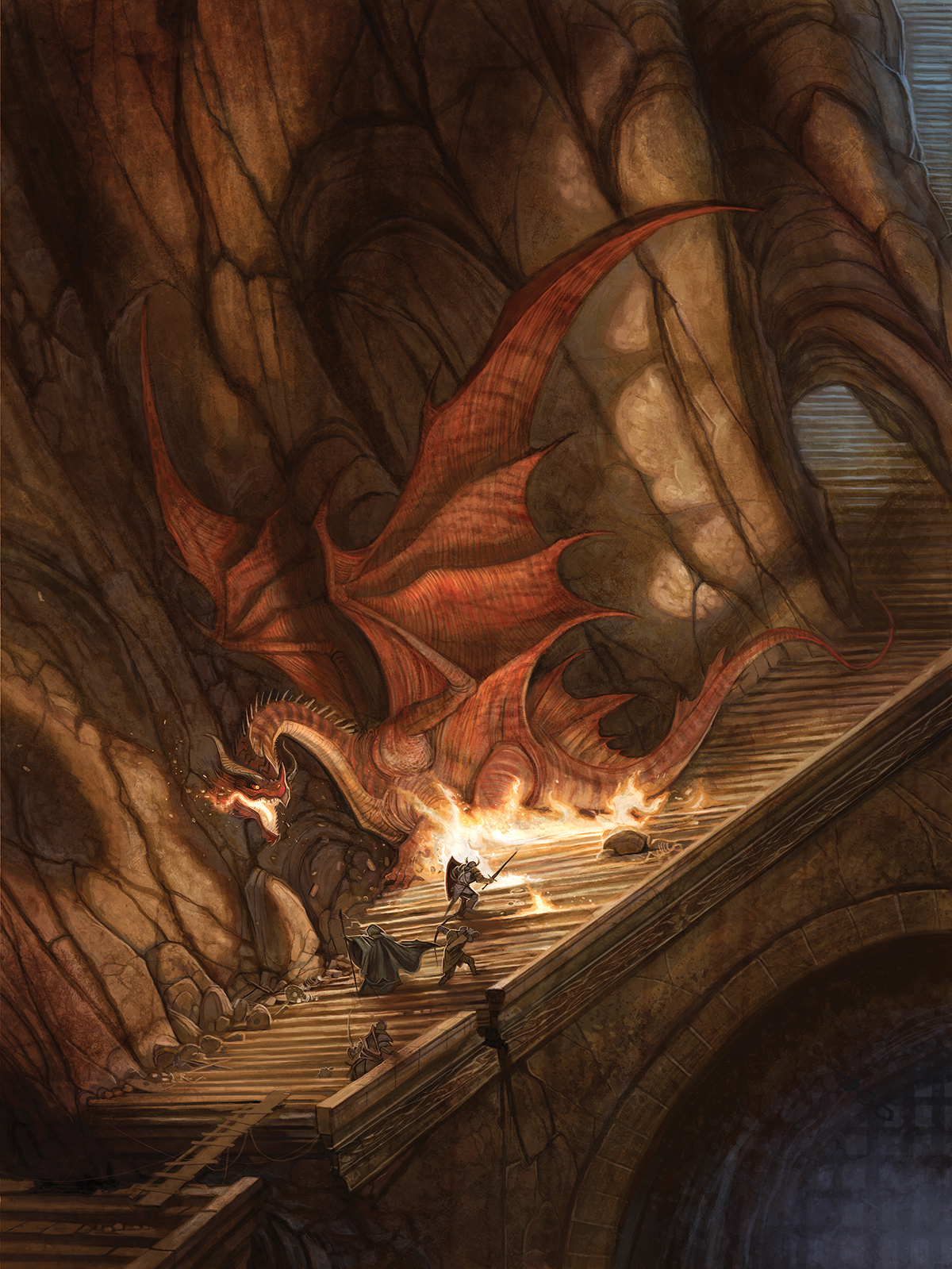
DRACOPEDIA LEGENDS
An Artists Guide to Drawing Dragons of Folklore

William OConnor

CINCINNATI, OHIO
IMPACTUniverse.com
DEDICATION
To Madeline. May your journey be filled with adventures.
CONTENTS

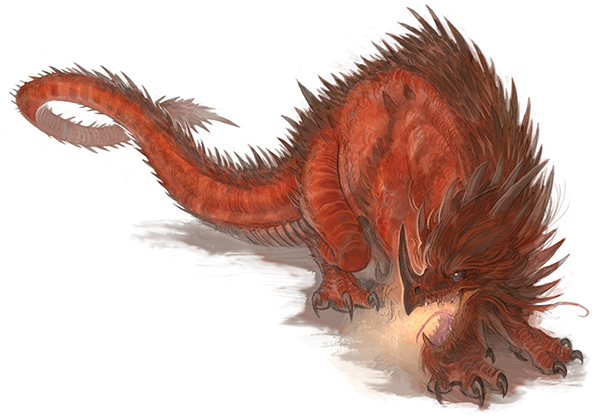

MATERIALS
As with all of the Dracopedia books, the most important materials needed for this edition are your creativity and imagination. All of the art you see in this book is created using nothing more than the simplest drawing tools: pencils and paper. Always remember that your work is limited only by the scope of your imagination. Work as big and as frequently as possible.
Here is a brief list to get you started. Refer to for further explanations of the materials.
DRAWING TOOLS
0.5mm F pencil lead
Block eraser
Clutch pencil with 2mm lead
Eraser pen
Mechanical drafting pencil
Mechanical pencils (0.3mm, 0.5mm, 0.7mm, 0.9mm leads)
Wooden pencil with extender
SURFACES
Bristol paper
Bristol vellum
Drawing paper (11" 14" [28cm 36cm] and 18" 24" [46cm 61cm])
Kraft paper
Sketchbook (spiral-bound)
Toned drawing paper
Watercolor paper
DIGITAL PAINTING TOOLS
Adobe Photoshop
ArtRage (app)
Corel Painter
Digital camera
Digital tablet
Pixarra (app)
Scanner
ZBrush (app)
INTRODUCTION
Come not between the dragon and his wrath.
William Shakespeare, King Lear
DURING MY TRAVELS studying dragons in northern Wales, a storm rolled in off Caernarfon Bay, and I and my apprentice, Conceil, had to take shelter in an old stalkers cottage. The peat fire was lit, and our guide, Sir Geoffrey Guest, regaled us with ancient stories of dragons while outside the gale battered the coastline. It occurred to me that these stories had been told, in one fashion or another, in this very cottage for centuries, and the traditional stories that dragons had inspired were as varied and colorful as the myriad species of dragons themselves.
In my wanderings all over the world to research dragons, I have had the opportunity to meet some amazing people and hear their wondrous stories. In Iceland and Wales, Scandinavia and China, there are tales of dragons. As far north as the frozen tundra of the Inuit or the tropical rain forests of the descendants of the Incans, I have found stories and lore where dragons play an integral part in the cultures mythology. In some legends the dragons are good, and in others, evil. In all of the tales, however, they play a large part in the cultural identity of the people, filling the role of a mighty nature spirit or a god that must be tamed or appeased or vanquished by the hero. In many of these legends, the hero is called to leave his home on a magical quest, travel to a strange land where a dragon lives, face the dragon and either be victorious or perish in the attempt. The dragon represents the heros greatest challenge, both internal and external, and only through courage, faith and intelligence can the dragon be overcome. The hero assumes the dragons power and returns home to his people victorious and ready to lead them to a better life. Dragons teach wisdom through the trials of fire.
This book retells some of the dragon stories that have been imparted to me over the years. Some of these legends you may know and some may be new to you. There may even be other versions of these tales. And for every story I have been able to record, there are a hundred more waiting to be discovered and passed on.
HOW TO USE THIS BOOK
Dracopedia Legends is both a storybook and an art guide. In each chapter, there is a retelling of a classical dragon myth accompanied by illustrations. Following the story, the chapter goes in depth into the conceptualization, research and design of the dragons and artwork for the lore. I hope these stories inspire you to do further research into dragon myths and fables and create your own creatures of legend. The stories that will be told in the future are those learned today.


Panoply of Dragons
9" 12" (23cm 30cm)
DRAWING MATERIALS
There are a variety of drawing materials available to artists today, and with a little bit of online exploration, what were once rare or specialty items are now as accessible as something from your local convenience store. Drawing supplies are generally inexpensive, so feel free to explore different materials until you find a drawing system that works best for your needs. The following setup makes it simple to travel with my drawings.
PENCILS AND ERASERS
- Clutch pencil. Sometimes called a lead holder, clutch pencils hold 2mm lead and require a barrel sharpener. Lead is available in all weights, but HB is the most common. These pencils are sturdy and reliable. Ive had mine for more than twenty years.
- Mechanical pencil. Available in 0.3mm, 0.5mm, 0.7mm and 0.9mm leads, the mechanical pencil is an inexpensive and effective drawing tool that never needs sharpening. I keep several 0.5mm pencils handy and loaded with different grades of lead.
- Mechanical drafting pencil. Mechanical drafting pencils like the Pentel Graph Gear 500 are more expensive but can offer a more enjoyable drawing experience. They use the same lead as standard mechanical pencils.
- Wooden pencil with extension and cap eraser. Placing a wooden pencil into a pencil extender can make a normal pencil as long as a paintbrush, allowing for a wide range of expressive marks to your drawing. Plastic eraser caps always come in handy.
- Eraser pen. Plastic eraser pens are inexpensive and available at any office supply shop.
- Block eraser. For bigger jobs, a block eraser is useful.
- 0.5mm F pencil lead. HB lead is the most common lead available in stores and is a good all-purpose lead grade. For more detailed work, however, I like a slightly harder F lead. Specialty lead of any grade and size is available online.

